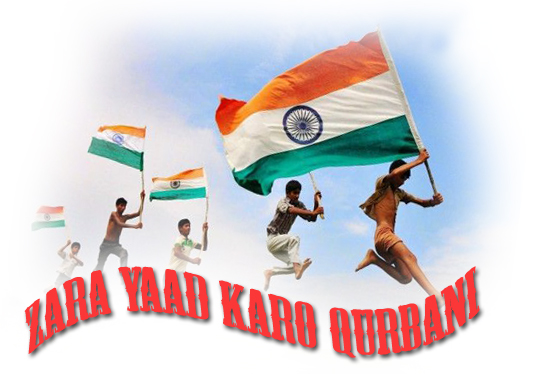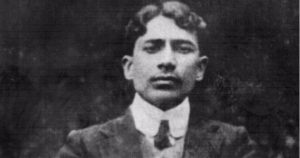He fought for India’s freedom in England

As the nation readies to celebrate yet another Independence Day, www.lifeandmore.in remembers freedom fighters who played an important role in helping us breathe in an independent nation. Today, we talk about Madan Lal Dhingra who was hanged by the Britishers in England in 1909 and even denied Hindu rites
There are quite a few cases of people from influential and well-to-do families leaving all comforts to fight for the independence of the country and Madan Lal Dhingra is one of them. Despite his family being well-connected with the British, he had a shrewd hatred for them which led him to assassinate Sir William Hutt Curzon in London for which he was sent to the gallows. It is said to be one of the first acts of revolution in the Indian Independence movement in the 20th century.
Born on September 18, 1883 in a Punjabi family in Amritsar which was well-connected with the British, Madan studied in MB Intermediate College, Amritsar until 1900 and thereafter went to Lahore to study at the Government College University.
He was expelled as he led a student protest against the order of the principal to have the college blazer made of cloth imported from England. In 1906, on the advice of his elder brother, Dr Bihari Lal, he moved to England to continue his higher education, getting enrolled at University College, London to study mechanical engineering.
It was here that he came in contact with Vinayak Damodar Savarkar and Shyamji Krishna Varma at Highgate situated India House which was the meeting place for Indian freedom fighters. Savarkar gave arms training to Dhingra as he believed in revolution by any means and Madan was already an admirer of the cult of assassination. During this period, most of these student leaders in London were enraged by the Partition of Bengal in 1905.
During this period, Madan’s father, Gitta Mall, the then chief medical officer in Amritsar, disowned him for his political activities. In fact, he also advertised in the newspapers of his decision.
Weeks before managing to assassinate Curzon Wyllie, Madan had tried to kill Curzon, the viceroy of India as also assassinate Bramfield Fuller, the ex-governor of Bengal but couldn’t manage. Curzon Wyllie, for information, was the head of the Secret Police and also a close friend of Madan’s father.
On July 1, 1909, a large gathering of Englishmen and Indians had gathered to attend the annual At Home function hosted by the Indian National Association at the Imperial Institute. Madan was also there that evening. As the political aide-de-camp to the secretary of state for India, Sir Curzon Wyllie, was leaving the hall with his wife, Madan fired five shots at his face with four hitting the target. A Parsi doctor, Cawas Lalcaca, who tried to save died of Madan’s sixth and seventh bullets which he fired because Lalcaca had come between them. Though Madan attempted to commit suicide, he was overpowered and arrested immediately.
He was tried in Old Bailey on July 23 where Madan represented himself during the trial but did not recognise the legitimacy of the court. Madan said he did not regret killing Curzon Wyllie as he had played his part in order to set India free from the inhuman British rule and as revenge for the inhumane killings of Indians by the British Government in India. As a result, he was sentenced to death.
On August 17, 1909, Madan Lal Dhingra was hanged at Pentonville Prison. Post-execution, Madan’s body was denied Hindu rites and buried by British authorities. As his family had disowned him, the authorities refused to hand over the body to Savarkar.
ALSO READ: ONE OF THE YOUNGEST INDIAN FREEDOM FIGHTERS IF GIVEN MORE TIME, I WOULD TEACH YOU HOW TO MAKE BOMBS: KHUDIRAM BOSE
While searching for the remains of Shaheed Udham Singh that the authorities chanced upon the coffin of Madan Lal Dhingra which was then repatriated to India on December 12, 1976. His remains are kept in one of the main squares, named after him, in Akola, Maharashtra.
Despite innumerable efforts by a senior politician to convert Madan Lal Dhingra’s ancestral home into a museum, his descendants refuse to acknowledge his legacy and even refused to participate in an event organised to honour his death in August 2015.


